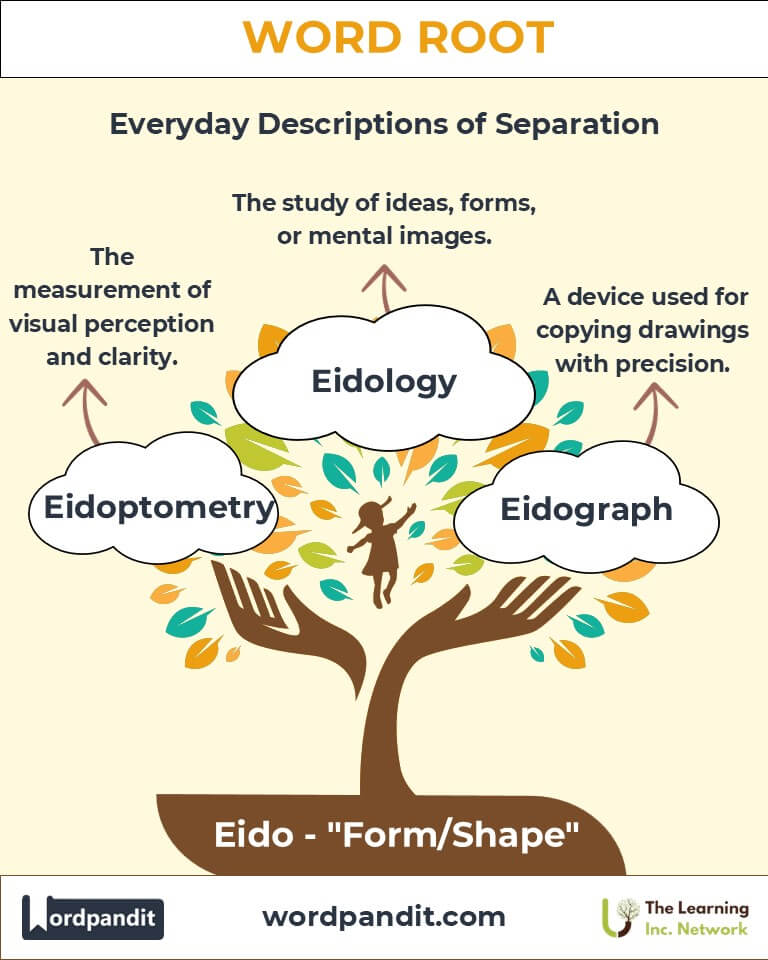Geo Word Root: Unlocking Earth-Related Terms and Their Significance
Explore the Geo word root's meaning, origins, and applications. Learn common and technical Earth-related terms, cultural significance, and real-world uses in geology, geography, and environmental sciences.

Table of Contents
- Introduction: The Power of "Geo"
- Etymology and Historical Context
- Common Geo-Related Words and Their Meanings
- Archaic and Evolving Geo Terms
- Technical and Specialized Geo Terminology
- Related Word Roots: Terra and Humus
- Cultural Significance of Geo Concepts
- Real-World Applications of Geo-Related Fields
- The Geo-Detective: An Illustrative Story
- FAQs About the Geo Word Root
- Test Your Knowledge: Geo Word Root Quiz
- Conclusion: The Integral Role of Geo
Introduction: The Power of "Geo"
"The Earth does not belong to man; man belongs to the Earth." This profound statement encapsulates the essence of our connection to our planet, a relationship deeply embedded in the word root "Geo." Derived from the Greek "ge-" meaning 'Earth', this linguistic foundation opens a gateway to understanding our planet's physical properties, processes, and our intricate relationship with the environment.

Etymology and Historical Journey
The root "eido" traces back to the Greek εἶδος (eidos), meaning "form," "appearance," or "idea." In ancient Greek philosophy, thinkers like Plato used "eidos" to describe ideal forms or abstract concepts underlying physical reality. Over centuries, the root found its way into Latin and then into English, shaping words that highlight perception, structure, and imagination.
Mnemonic: Unlocking the Power of Eido
To remember "eido," picture a kaleidoscope bursting with vibrant, ever-changing forms. Its vivid imagery reflects the root's essence of clarity and shape.
Mnemonic Device: “Eido envisions every dazzling outline.”
Common Eido-Related Terms
- Eidetic (eye-DET-ik)
- Definition: Relating to vivid, detailed recall, especially of visual images.
- Example: "Her eidetic memory allowed her to recall the entire page word for word."
- Kaleidoscope (kuh-LYE-duh-skope)
- Definition: A tube-like instrument displaying shifting patterns of color and shape through reflected light.
- Example: "The artist’s work was as colorful and dynamic as a kaleidoscope."
- Idol (EYE-dol)
- Definition: A representation or form of admiration, often as a physical object.
- Example: "The statue was revered as an idol by the ancient community."
- Idea (eye-DEE-uh)
- Definition: A concept or mental impression derived from perception or thought.
- Example: "The idea for the invention came to her during a walk."
- Eidos (EYE-dos)
- Definition: The distinctive expression or form of an idea or quality, often in philosophical contexts.
- Example: "Plato’s concept of eidos encapsulates the pure essence of reality."
Eido Through Time
- Eidos in Philosophy: Plato used "eidos" to describe the ideal, immutable forms of objects, asserting that physical reality is a mere shadow of these perfect archetypes.
- Idol and Idea: While "idol" retained the root’s focus on physical form, "idea" shifted toward abstract concepts, reflecting the evolution of thought from materiality to imagination.
Eido in Specialized Fields
- Psychology: Eidetic Memory
- Eidetic memory refers to the ability to vividly recall images with precision, often associated with extraordinary cognitive abilities.
- Art and Design: Kaleidoscopic Patterns
- Designers often use "kaleidoscope" as a metaphor for complex, multi-faceted visuals, inspiring dynamic creativity.
- Philosophy: Eidos and Forms
- In metaphysics, "eidos" underscores debates on the nature of reality and abstraction.
Illustrative Story: Eido in Action
In a small workshop, young inventor Mira experimented with her kaleidoscope, inspired by her eidetic memories of sunsets. Each twist revealed new patterns, sparking ideas for her stained glass art. As her creations gained fame, she named her studio "Eidos," honoring the philosophical concept of ideal forms that fueled her vision.
Cultural Significance of the Eido Root
The concept of "eido" has shaped art, science, and philosophy. From its role in ancient Greek thought to its modern presence in psychology and design, "eido" bridges the tangible and intangible, embodying humanity's quest to understand and depict the world.

The Eido Family Tree
- Idol: From the Greek eidolon (image or form).
- Eidos: Meaning form or essence, central to Platonic philosophy.
- Idein: Meaning to see or perceive, connected to understanding and vision.
- Icon: (Greek: Eikon): A representation or image, often of sacred significance.
FAQs About the Eido Root
Q1: What does "eido" mean?
A1: "Eido" means "form" or "shape" and originates from the Greek word εἶδος (eidos). In Greek philosophy, it represented the essence or ideal form of something, making it central to discussions about the nature of reality and abstraction.
Q2: How is "eidetic memory" different from regular memory?
A2: Eidetic memory refers to the extraordinary ability to recall images or scenes with vivid detail and accuracy, often compared to photographic memory. Unlike regular memory, which may fade over time or omit specifics, eidetic memory allows for almost perfect visualization of previously seen objects or scenes.
Q3: What role does "eidos" play in philosophy?
A3: In philosophy, particularly in the works of Plato, "eidos" refers to the abstract, perfect essence of things, distinct from their physical manifestations. For example, Plato argued that while we may see a physical chair, its "eidos" is the ideal concept of "chairness" that exists beyond the physical world.
Q4: What is the connection between "eido" and "idea"?
A4: The word "idea" evolved from the Greek "eidos." Initially, "eidos" described physical forms, but over time, it came to represent mental perceptions and abstract thoughts. Today, "idea" signifies a concept or mental impression derived from observation or imagination.
Q5: What is a kaleidoscope, and how is it related to "eido"?
A5: A kaleidoscope is an optical instrument that uses mirrors to reflect light and create dynamic, colorful patterns. The connection to "eido" lies in its creation of ever-changing "forms" or "shapes," perfectly capturing the root's essence of visual structure and form.
Q6: How does "eido" influence words like "idol"?
A6: "Idol" stems from the Greek word "eidolon," meaning "image" or "form." An idol is a physical representation or form of admiration, whether in religious, cultural, or artistic contexts. This reflects the root's focus on tangible shapes and representations.
Q7: Are there modern scientific uses of "eido"?
A7: Yes, the term "eido" influences scientific concepts such as "eidetic memory" in psychology and the philosophical discussions of "forms" in metaphysics. Additionally, it underpins the visual and conceptual frameworks in design, art, and even virtual reality, where creating and perceiving forms is central.
Test Your Knowledge: Eido Mastery Quiz
1. What does "eidetic" mean?
2. What field discusses "eidos" in depth?
3. What does a kaleidoscope display?
4. Which of these words stems from "eido"?
5. What does "idea" originally signify?
Conclusion: The Integral Role of Geo
The root "eido" encapsulates humanity’s fascination with form, vision, and imagination. From philosophical musings on ideal forms to modern tools like the kaleidoscope, "eido" continues to shape how we see and structure the world. As we look forward, its enduring influence promises to inspire new ways of thinking and creating.












